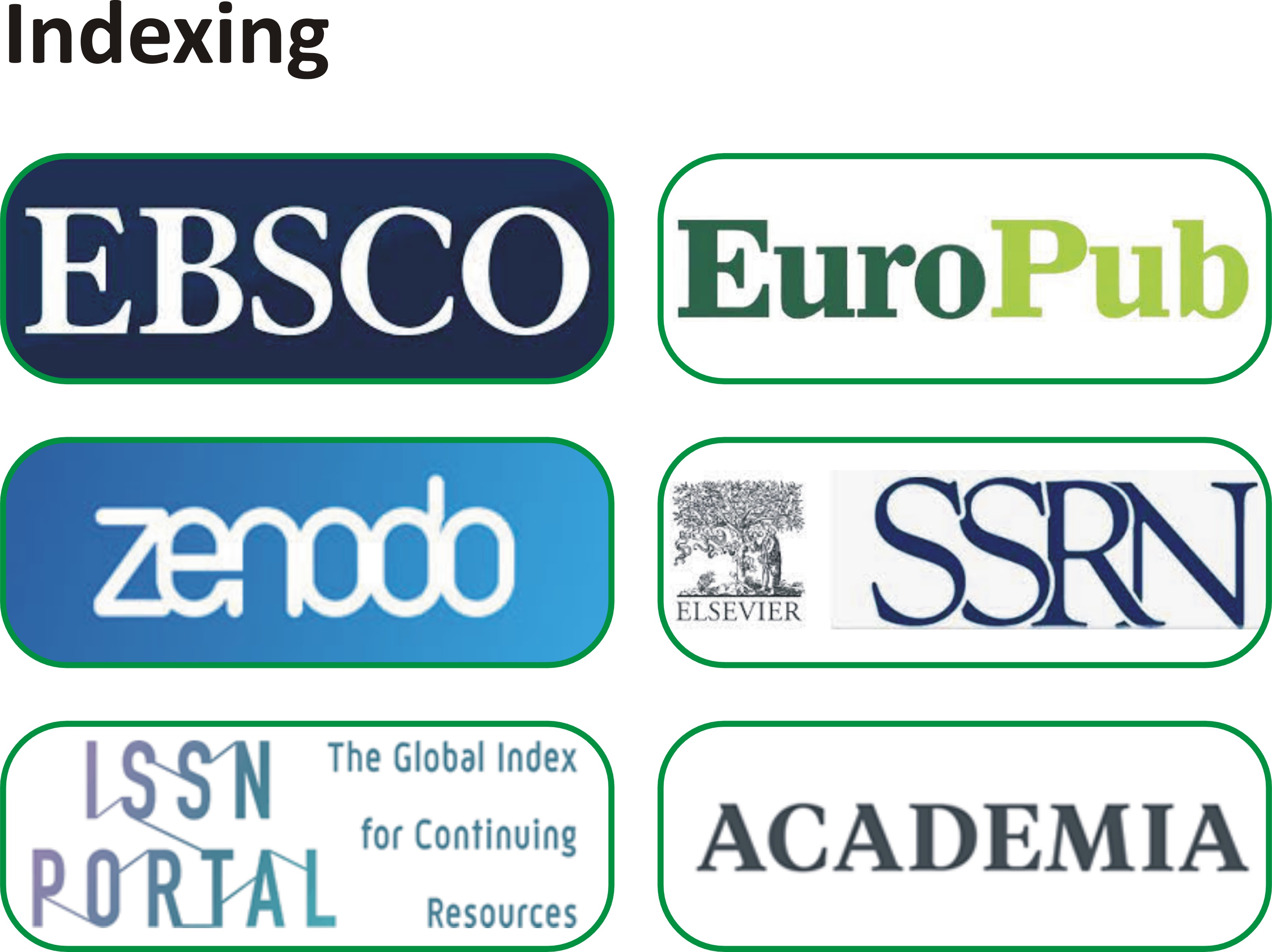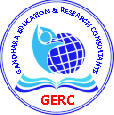Language, Politics, and Power: Unveiling Putin's Annexation Narrative through Fairclough’s Model
Abstract
If used correctly, language can be a guiding force, allowing an individual to influence others and achieve the desired results. However, the power of language can be used by politicians, one of whom is President Putin, and that was evidenced during the annexation ceremony of the four Ukrainian regions by Russia. Thus, the purpose of this paper is a critical analysis of Putin’s speech, and the author employed Fairclough’s three-dimensional discourse analysis to investigate how language is used to control mass opinion and gain dominance. The study results show that President Putin successfully used rhetoric to encourage nationalism and patriotism among (nearly) all Russians who were not satisfied by the set of events in Ukraine. Moreover, politicians can achieve the desired results by using several linguistic features and rhetorical strategies, and since a series of geopolitical conflicts mark international relations, that issue is essential. On the other hand, a more accurate understanding of the language and its usage can be achieved through critical discourse analysis. Therefore, in this paper, the author uses Norman Fairclough’s 3D Model of Critical Discourse Analysis to investigate President Putin’s linguistic features and rhetoric to understand the interrelation between language, power, and political discourse in contemporary conflicts.
Copyright Notice Submission of an article implies that the work described has not been published previously (except in the form of an abstract or as part of a published lecture or academic thesis), that it is not under consideration for publication elsewhere, that its publication is approved by all authors and tacitly or explicitly by the responsible authorities where the work was carried out, and that, if accepted, will not be published elsewhere in the same form, in English or in any other language, without the written consent of the Publisher. The Editors reserve the right to edit or otherwise alter all contributions, but authors will receive proofs for approval before publication. Copyrights for articles published in IJSSA journal are retained by the authors, with first publication rights granted to the journal. The journal/publisher is not responsible for subsequent uses of the work. It is the author’s responsibility to bring an infringement action if so desired by the author.



